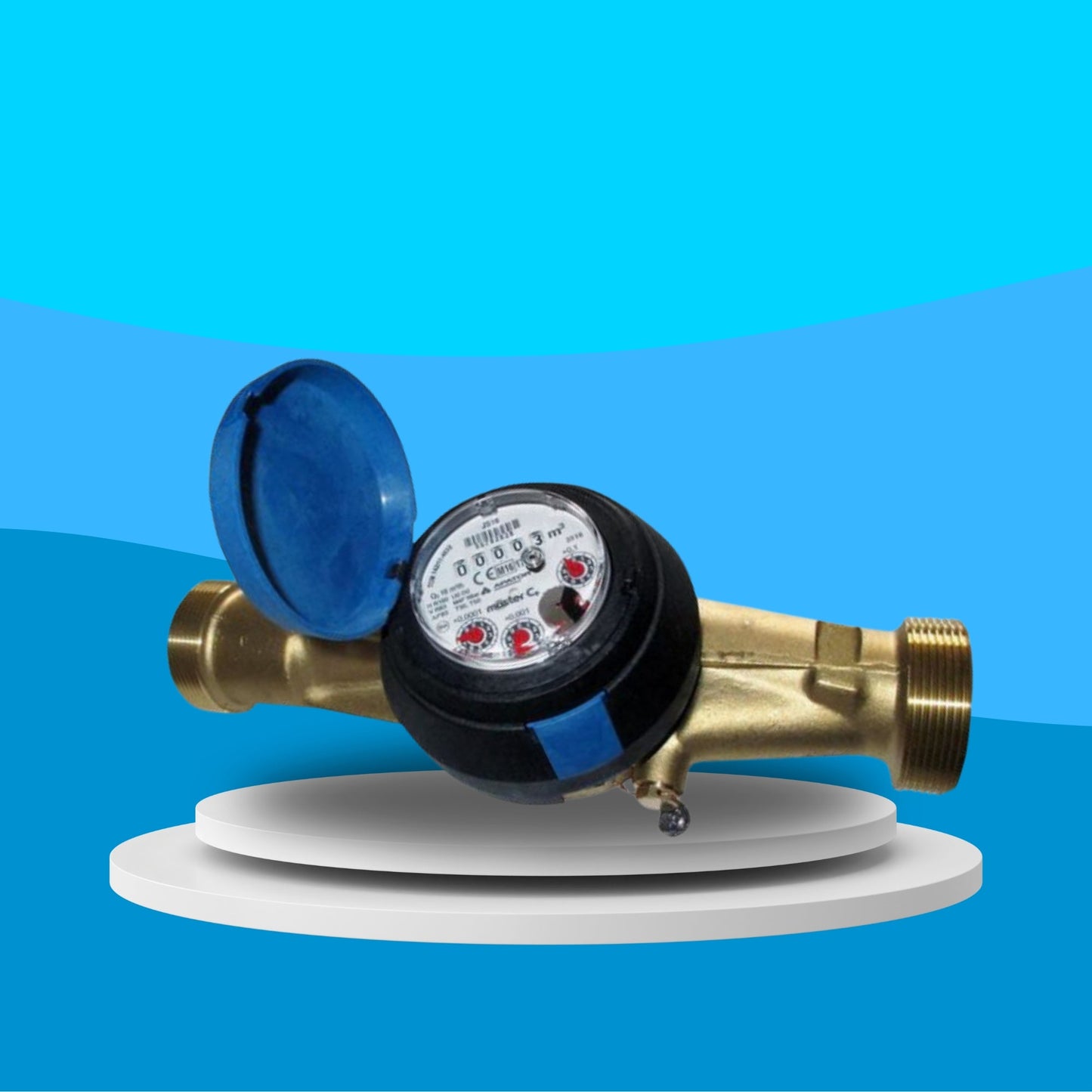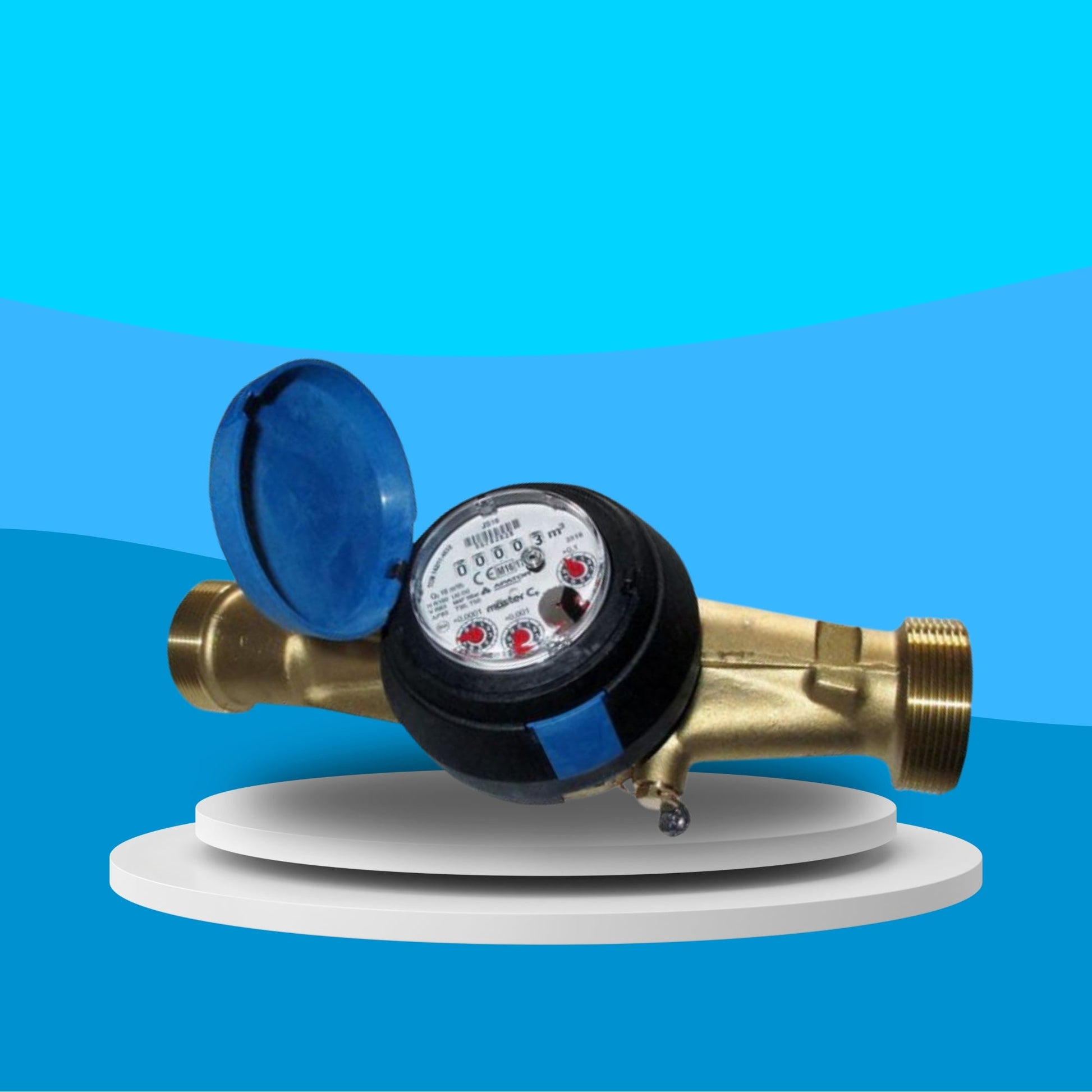Wras Valves
Wras Approved Class C Water Meter - Male Threaded (Dry Dial)
Wras Approved Class C Water Meter - Male Threaded (Dry Dial)
Couldn't load pickup availability
Dry Dial | Male Threaded Connections | WRAS Approved | Class C Accuracy
The WRAS Approved Class C Water Meter (Male Threaded, Dry Dial) is engineered for precise water measurement in residential, commercial, and industrial settings. Built to comply with strict WRAS regulations, this meter ensures safe use with potable water and guarantees a reliable, tamper-resistant reading over extended periods of operation.
Featuring a dry dial design, the internal measuring mechanism is magnetically coupled to the register, keeping it separate from the water flow. This prevents fogging or condensation build-up and ensures clear, legible readings even in humid or challenging environments. The Class C rating reflects high measurement accuracy, especially at low flow rates—making this meter suitable for billing and consumption monitoring applications.
Fitted with male threaded ends, installation is straightforward and compatible with a wide range of plumbing systems. The robust construction ensures long-lasting performance and resistance to wear and corrosion, even in demanding water supply conditions.
WV - WM 025/026
Share

FAQ's
What is the difference between a valve and an actuator?
What types of actuators are available?
The main types of actuators are:
Pneumatic actuators – use compressed air for fast, reliable operation.
Electric actuators – use electrical power for precise control.
Hydraulic actuators – use fluid pressure for high-torque applications.
Each type offers unique advantages depending on the environment, media, and system control needs.
How do I choose the right actuator for my valve?
To select the correct actuator, consider:
Valve type and torque requirement
Power source available (air, electric, or hydraulic)
Operating environment (temperature, humidity, hazardous area)
Control signal type (on/off or modulating)
Matching actuator torque and compatibility with the valve’s ISO mounting ensures reliable performance.
What are the main types of valves used in automation?
The most common valves in automated systems include:
Ball valves – for tight shutoff and quick operation.
Butterfly valves – for larger flow control with compact design.
Globe valves – for precise throttling and flow regulation.
Check valves – to prevent backflow.
Gate valves – for full bore flow isolation.
What’s the difference between a double-acting and spring-return actuator?
Double-acting actuators use air (or power) to both open and close the valve.
Spring-return actuators use air to open (or close) the valve, and a built-in spring to automatically return it to a safe position when power or air is lost — ideal for fail-safe operation.
How often should valves and actuators be serviced?
Regular maintenance intervals depend on operating conditions, but a good rule of thumb is to inspect every 6–12 months.
This includes checking for leaks, lubrication, seal wear, and actuator responsiveness to prevent unexpected downtime.

